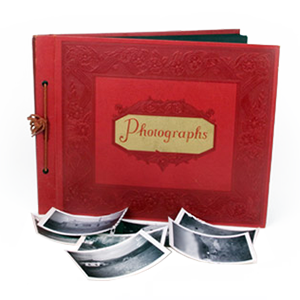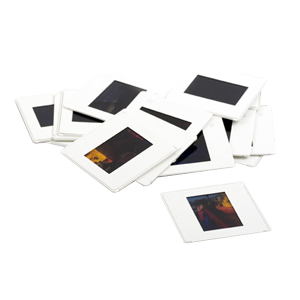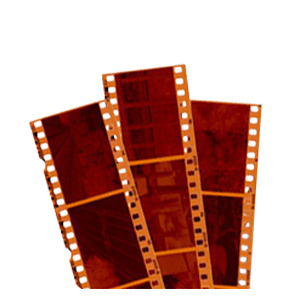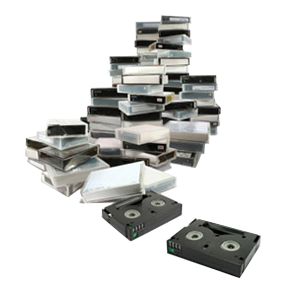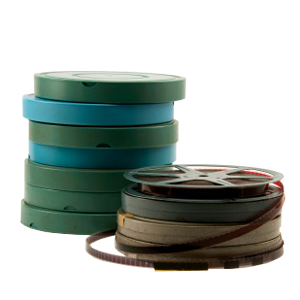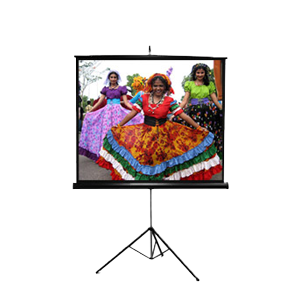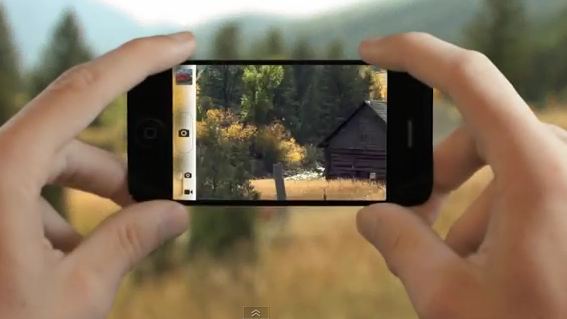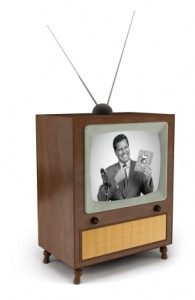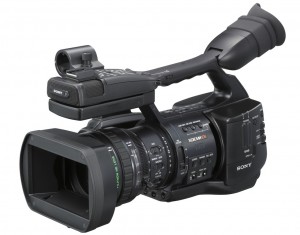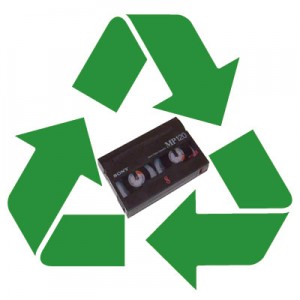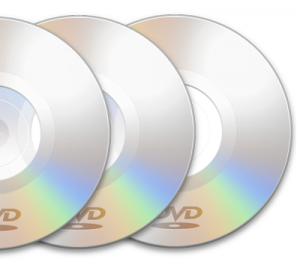Near the Los Angeles or Culver City area? If so, did you know that converting your 8mm to DVD was right in your neighborhood? DVD Your Memories is now serving Los Angeles county and helping our newest customers transfer their precious memories recorded on film, video, audio and images. We actually specialize in transferring this type of media and we use dedicated technicians for each type of order! For pricing and additional info about the film to DVD transfer process: 8mm to DVD Los Angeles Super 8 to DVD Los Angeles 16mm to DVD Los Angeles  8mm film is an older type of media that is still taking up room in many closets. Due to the nature of 8mm film, and the material it’s composed of, the images stored will not last forever, and depending on how it was stored, it could be at an advanced stage of decomposition. When it comes to precious memories such as your families archive of 8mm film, or 16mm film, you now have the option to digitally transfer these home movies to archival quality DVDs with our 8mm to DVD services, or put them onto an external hard drive. Over the years, film such as 8mm or 16mm will actually color-shift generally to either blue, purple, or magenta, depending on the material of the film. With the premium film transfer, you can have your film completely restored to it’s original colors, and make sure that your under and over-exposed scenes are corrected in real time. Take a look below for a couple of examples of some restoration work on some of our 8mm to DVD Los Angeles transfers. The Premium film transfer is by far the highest quality film transfer available today, as each full frame of film is individually transferred one after another. Our retrofitted projector is one of the few in the world that has a manually adjustable brightness control which can make under or overexposed scenes look much better. We use this machine for both 8mm to DVD Los Angeles, and Los Angeles Super8 to DVD orders. The transfer technician will watch your film on a standard monitor as well as a waveform monitor and adjust the back-light brightness accordingly. This type of brightness adjustment is a custom fitted attachment, and is not available at most other companies. With a frame-by-frame transfer, you are then easily able to manipulate the film once it’s been captured to your computer.
8mm film is an older type of media that is still taking up room in many closets. Due to the nature of 8mm film, and the material it’s composed of, the images stored will not last forever, and depending on how it was stored, it could be at an advanced stage of decomposition. When it comes to precious memories such as your families archive of 8mm film, or 16mm film, you now have the option to digitally transfer these home movies to archival quality DVDs with our 8mm to DVD services, or put them onto an external hard drive. Over the years, film such as 8mm or 16mm will actually color-shift generally to either blue, purple, or magenta, depending on the material of the film. With the premium film transfer, you can have your film completely restored to it’s original colors, and make sure that your under and over-exposed scenes are corrected in real time. Take a look below for a couple of examples of some restoration work on some of our 8mm to DVD Los Angeles transfers. The Premium film transfer is by far the highest quality film transfer available today, as each full frame of film is individually transferred one after another. Our retrofitted projector is one of the few in the world that has a manually adjustable brightness control which can make under or overexposed scenes look much better. We use this machine for both 8mm to DVD Los Angeles, and Los Angeles Super8 to DVD orders. The transfer technician will watch your film on a standard monitor as well as a waveform monitor and adjust the back-light brightness accordingly. This type of brightness adjustment is a custom fitted attachment, and is not available at most other companies. With a frame-by-frame transfer, you are then easily able to manipulate the film once it’s been captured to your computer.



